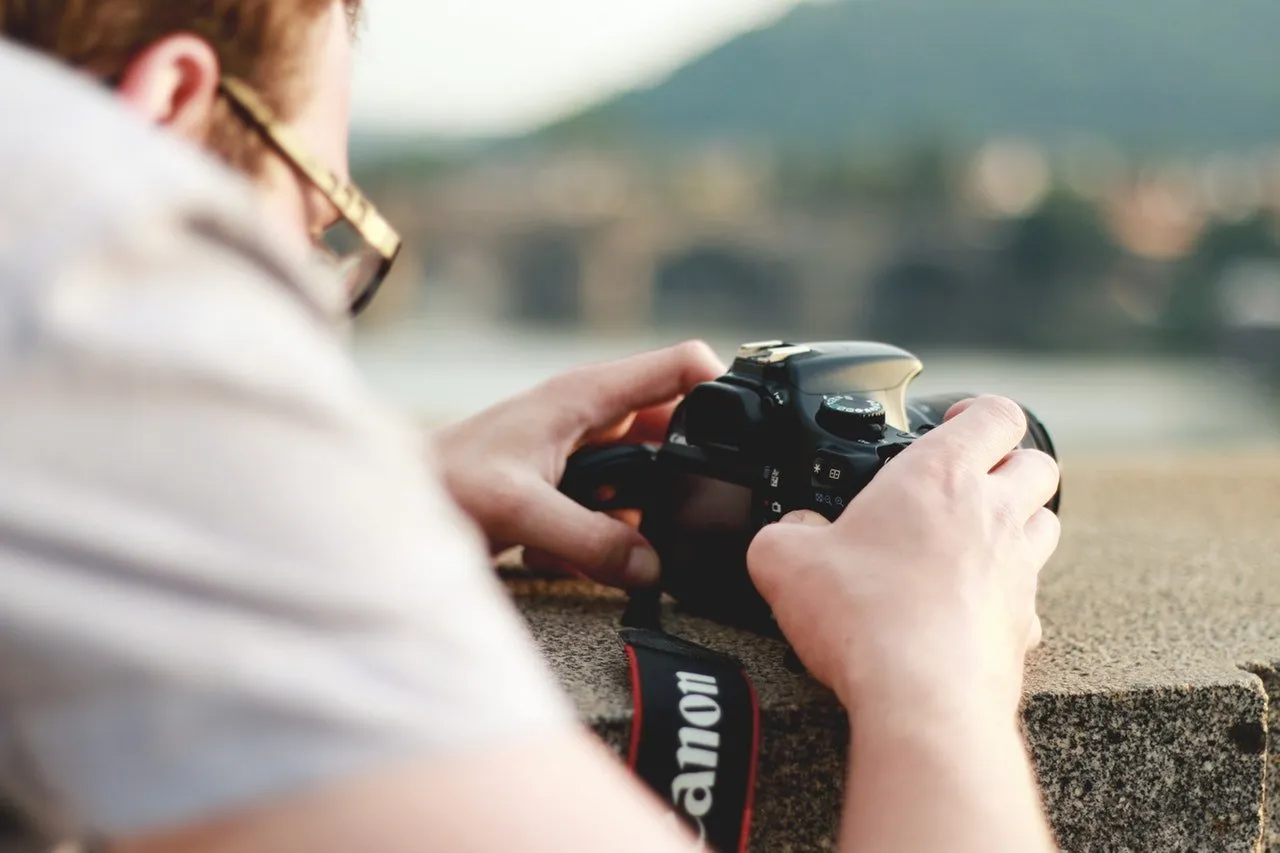
Especially in the age of Instagram dominance, the vast majority of people have an appreciation for photography. Whether it’s a cute dog, a nice sunset or an amazing plate of food, everyone is whipping out their cameras to capture it in a digital format.
However, just because you bought a camera and like taking snapshots, that doesn’t necessarily mean you can make a business out of it. Photography encapsulates a wide variety of niches and varying levels of expertise, making the barrier of entry even more convoluted for newbies.
The Right Equipment
First of all, it’s likely you will need a camera upgrade. There are many types of camera that are well suited for different photography niches, but you will probably at least want a DSLR camera in your arsenal. This is due to them being more flexible with a variety of lens options.
Medium format cameras are highly useful for fashion shoots and other applications that need flawless color reproduction. Its bulky digital sensor is used to mimic the 120mm film size and is usually in the hands of mainstream fashion photography or advertising companies.
Many cameras will ship with a variety of stock lenses, but that doesn’t mean you should buy some additional ones. There are a variety of lenses out there to fill different niches and skill levels. One example is the tilt-shift lens that helps control the plane of focus to take flawless photos of tall buildings.
Proper Use of the Camera

The way you hold your camera can make the biggest impact on the quality of your photos. If you are holding your DSLR camera with flared arms, you are barely giving it any support and losing your center of gravity. It is best to keep your elbows closer together while standing for shots.
If it’s possible, laying down is an easier way to maintain stability while handing a camera. You may let the tip of the lens rest on the ground.
If you continue to have issues with camera shake, a mini tripod or unipod is an invaluable tool for setting up serious shots. With a remote shutter case, you can also set up shots without having to be right at the camera.
If you are trying to put the focus on one central object while blurring out the background, shallow depth of field is another useful trick to learn. As described in the linked article, you will need to find the right camera settings and focal length to get the desired effect.
There’s a ton of settings and features found on any modern DSLR camera. While you may not use all of them, you should figure out which setting is ideal for the photography niche that you are going to fill.
Final Thoughts
Aside from buying the latest gadgets and mastering your technique, becoming a professional photographer requires the ability to market oneself and pragmatic thinking. Unless you live in a big city, you probably shouldn’t expect a 6-figure income with a wide variety of job choice. It is also possible to create an online-based career, although that itself has its own set of limitations.